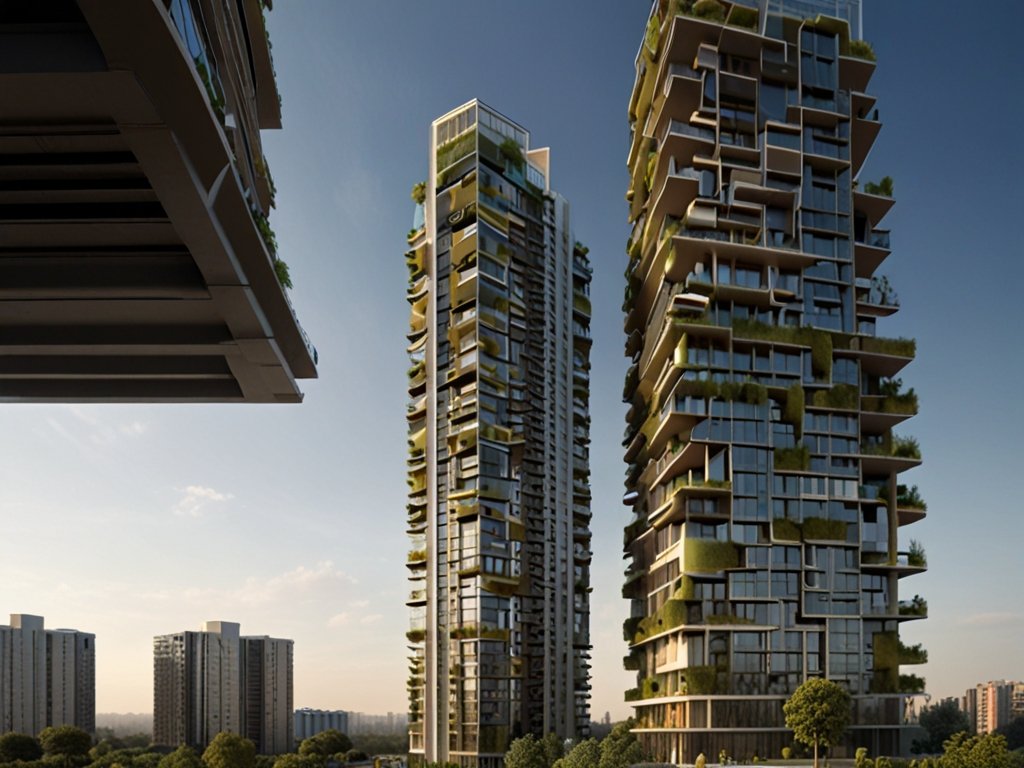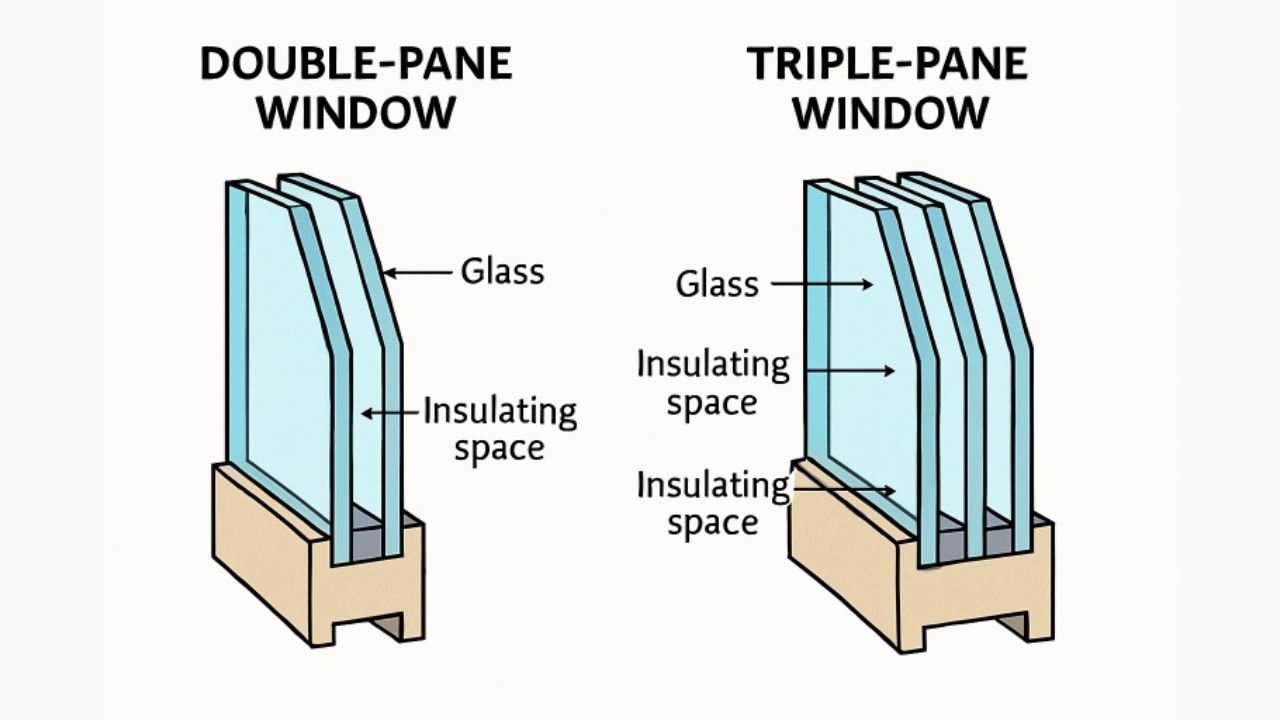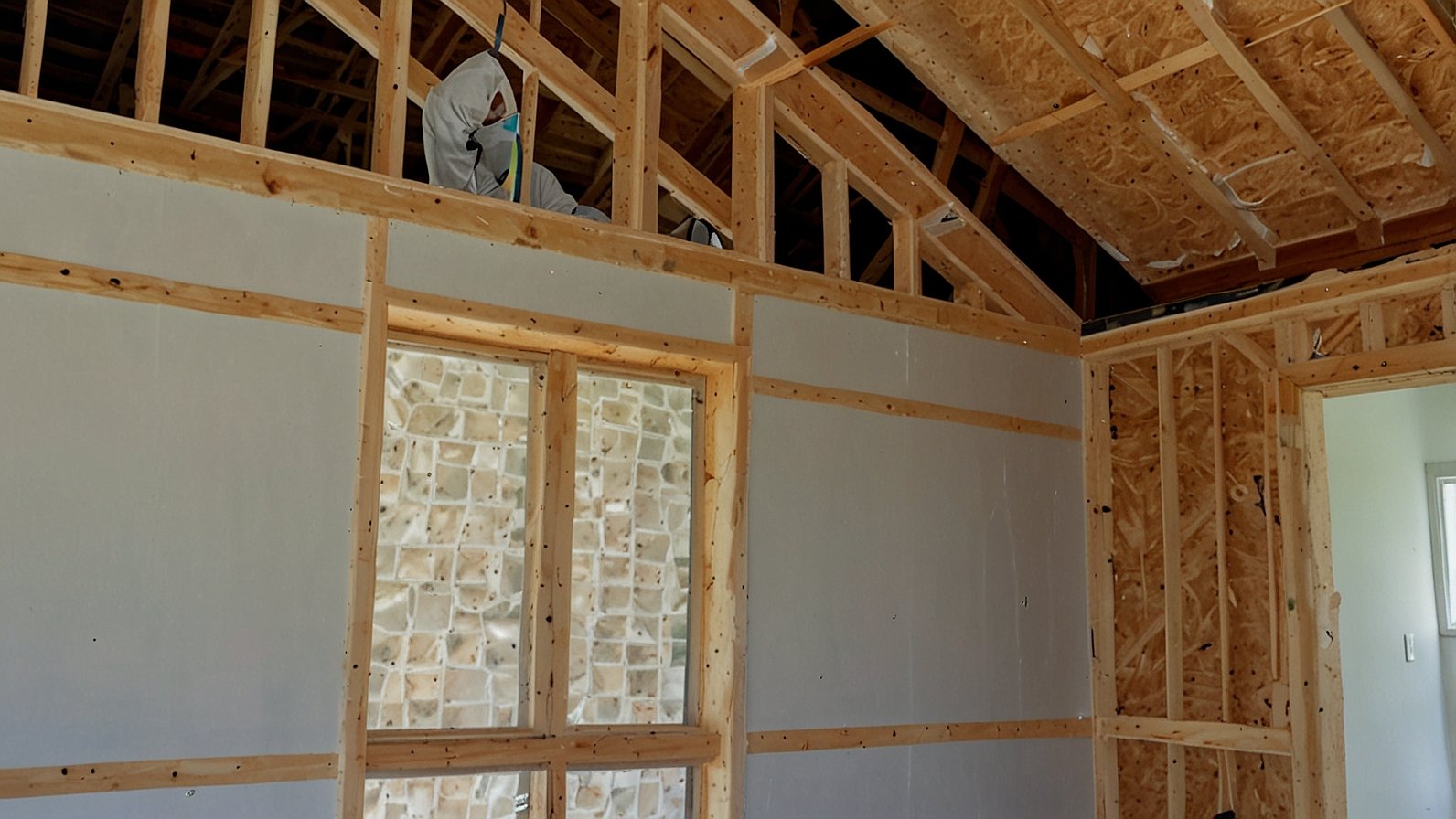The importance of high-rise buildings is increasing with passing days. These buildings tackle space constraints issues with the growing urban population. There are some challenges related to the construction of high-rise buildings. High-rise demand results in higher consumption of energy and resources.
Developers and architects are focusing on sustainability and incorporating the latest technologies. The use of eco-friendly materials reduces the ecological footprint of multistory buildings. One of the best examples will be KMK Towers Top City 1. Here, we will emphasize five high-rise buildings. These high-rises are setting new standards for the sustainability of the environment.
1. Bosco Verticale Milan Italy
Bosco Verticale, which means “Vertical Forest” is an example of incorporating greenery building. This greenery is added to high-rise architectural and innovative design. This is in Milan, which is a city in Italy. It features plants of over 20,000 that include perennial plants and trees.
The greenery is contributing its part by improving air quality and urban biodiversity. These plants cover a vertical area of 8,900 square meters. These vegetations reduce noise pollution and provide insulation. Plant integration will help maintain internal temperature and reduce artificial cooling needs.
Environmental Impact
The Bosco Verticale has contributed to combating the effect of the urban heat. The greenery presents in high-rises releases oxygen and absorbs carbon dioxide. In this way, air quality is improved. Recycled water is used for irrigation systems of buildings. This recycled water makes building water efficient.
These features have provided international claims to Bosco Verticale. Now, it is turning out to be a living solution in dense urban zones.
2. Shanghai Tower China
The Shanghai Tower in China has sustainable and eco-environmental features. It is the tallest building in China with a height in meters of 632. It is counted as the second tallest building in all over the globe. This tower incorporates unique eco-friendly structures and establishes environmental standards.
The spiral design of the building structure decreases the usage of the material. It also reduces the load of winds. The insulation barrier is created by double-skin facades. This tower helps to boast a recycling water system and collect rainwater for further use. Incorporated cooling systems will reduce the usage of power.
Achievements
Wind turbine installation shows a commitment to utilizing renewable energy. Wind turbines create electricity that is used in towers. Vertical gardens present inside the tower help in promoting air purification. Optimization of natural reduces artificial lighting needs.
This tower has gold LEED certification and shows sustainable design. It offers cutting-edge engineering features in its architecture. It provides a way for efficient and greener skyscrapers all over the world.
3. The Edge Amsterdam Netherlands
The Edge is in Amsterdam and is a famous office building with sustainable features. It offers new standards for greener design and architecture. This building was completed in the year 2015 with an area in the square meter range of 40,000.
PLP Architecture is the designer of the Edge. This high-rise building is equipped with the latest technologies for optimizing energy efficiency. The south-facing front of this building has features of solar panels. These panels generate electricity for the whole building.
There is an advanced system that supports plumbing and irrigation. A thermal energy system for storage provides cooling and heating. It significantly reduces the consumption of energy.
Environmental Milestones
Philips has developed a smart system for lighting that utilizes low-energy LEDs. These LEDs are working through Ethernet Cables and improving efficiency. This building consists of an intelligent arrangement for adjusting light and temperature. It also has features that use space depending on occupancy. It will ensure the least waste.
This building demonstrates how sustainable design, and technology can change workspaces into eco-friendly centers. It inspires initiative of practices of green building and its future all over the world.
4. One Central Park Sydney Australia

One Central Park is present in the Australian city of Sydney. It comprises green features and a commercial and residential complex. It is known for its innovative approach to urban living. Jean Nouvel is the architect of this building design and one of the iconic buildings. This high-rise building incorporates architecture with nature and establishes environmental standards.
Vertical gardens have unique features and were created by a botanist, Patrick Blanc. These gardens improve air quality and give natural insulation. The high-rise building incorporates a system that uses motorized mirrors. This will direct sunlight to darkened areas.
Eco-Friendly Impact
Efficiency of energy is the major focus in this building that has a tri-generation plant. This plant produces cooling, heating, and electricity. This building recycles rainwater and reduces a significant part of wastewater. One Central Park also shows how sustainable design can easily transform urban workspaces. It enables an environment that is vibrant and green in the main heart of Sydney, Australia.
5. Taipei 101 Taiwan
Taipei 101 was completed in the year 2004 and passed through sustainability upgrades. It is considered the world’s greenest skyscraper building. This building has features of low-emissivity glass installations. It decreases heat transfer and lessens air conditioning needs. This building also optimizes the use of energy and water.
This high-rise building uses a sophisticated system for building management. This system monitors energy consumption. It provides efforts for water conservation like greywater recycling.
Global Recognition
This skyscraper building became the first to get a certification of LEED Platinum in 2011. This upgrade system resulted in a reduction of energy by 10% and decreased emissions of carbon. It means retrofitting older buildings can also achieve environmental sustainability standards.
Key Takeaways of Iconic High-Rise
The examples of Taipei 101 and Bosco Verticale show that sustainable practices can be implemented in high-rise buildings. Some important takeaways are as follows:
- Vertical gardens are integrated with greenery that enhances air quality. It also enhances biodiversity and provides insulation.
- Energy efficiency features such as advanced technologies and double-skin facades are used. The system for IoT and wind turbines is also used to optimize energy use. Moreover, all these features are highly accessible in the Top City Islamabad.
- Water conservation systems, such as greywater recycling and rainwater harvesting, are also used. This system helps reduce the wastage of water.
- Older buildings and high-rises have the potential for retrofitting. These buildings can adopt measures of sustainability. It shows that greener energy upgrades are also possible for existing design structures.
Engineers and architects need collaborative efforts to design eco-friendly high-rises. They need to work together in such design projects.
Conclusion
Sustainable High-rise Buildings provide ways to install greener energy and sustainability features. Skyscraper buildings show environmental sustainability standards can be achieved using innovative designs. Eco-friendly materials go parallel in use in modern working spaces. These high-rises are setting new sustainability standards from vertical gardens to energy-efficient designs. These towers address environmental challenges and inspire future-oriented developments. Implementation of sustainable features in high-rise designs plays an important role in shaping architectures.










